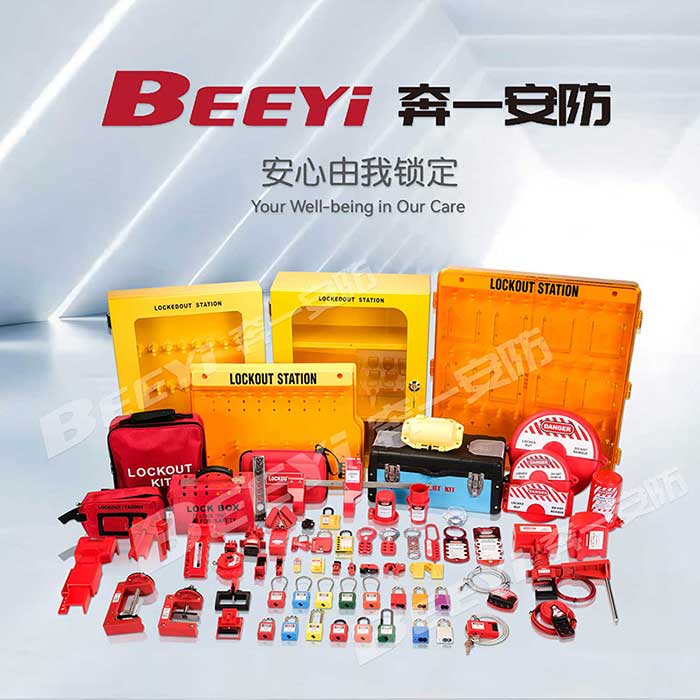Electrical equipment lockouts are critical safety measures in workplaces where electrical devices and machinery are frequently maintained or serviced. These devices prevent accidental energization of equipment during maintenance, reducing the risk of electrical shock, burns, or other injuries to personnel. Proper installation of electrical equipment lockouts is essential to ensure safety during routine operations and emergency situations. This guide provides an overview of how to install electrical lockout systems, including the necessary steps, tools, and best practices for achieving a safe and secure workplace.

Understanding Electrical Equipment Lockouts Electrical lockout devices are mechanisms designed to isolate or disable electrical equipment by locking its control or disconnecting switches. These devices prevent machines from being inadvertently powered on, which could pose significant hazards during maintenance activities. OSHA (Occupational Safety and Health Administration) guidelines and similar safety regulations around the world emphasize the importance of lockout/tagout (LOTO) practices to protect workers. Lockout devices typically include padlocks, lockout hasps, and valve locks, while tagout devices may consist of warning tags attached to lockout points to indicate that maintenance or repair is in progress. The primary goal of these devices is to ensure that equipment is de-energized and remains in a safe condition until the work is completed.